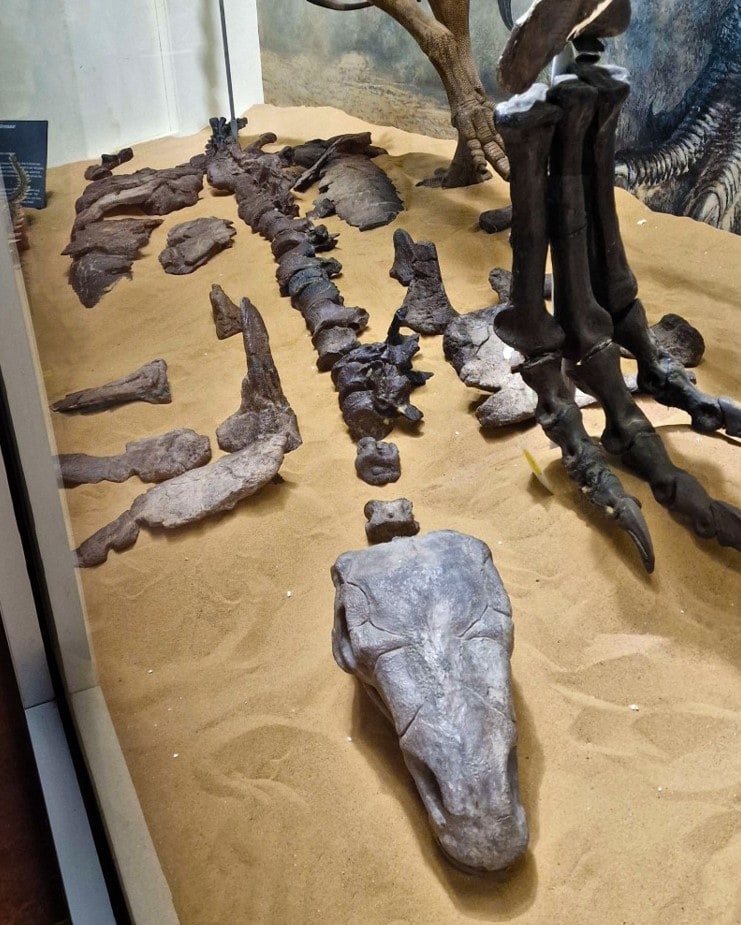
Scientists have recently discovered a new species of armored dinosaur on the Isle of Wight, marking the first description of an armored dinosaur on the island in over 140 years. Named Vectipelta barretti after Professor Paul Barrett of the Natural History Museum, this tank-like dinosaur was found in the Wessex Formation, known for its rich fossil beds.
Importance of the Discovery
The discovery is significant for understanding ankylosaur diversity in the Wessex Formation and Early Cretaceous England. The Wessex Formation consists of alternating layers of clay and sand, deposited between 140 and 125 million years ago during the Early Cretaceous period. Previously, all ankylosaur remains from the Isle of Wight were attributed to Polacanthus foxii, a well-known dinosaur from the island. Vectipelta barretti differs from Polacanthus foxii in various features, such as neck and back vertebrae, pelvic structure, and the shape of its armor. Through phylogenetic analysis, scientists have determined that Vectipelta barretti is more closely related to some Chinese ankylosaurs, indicating potential dinosaur migrations from Asia to Europe during the Early Cretaceous period.
Insights Into the Past

During Vectipelta barretti’s time, Great Britain’s Isle of Wight was connected to the mainland and experienced a climate resembling the Mediterranean of today. The region featured fertile floodplains with meandering rivers. Floods would carry organic materials, including plants, logs, and even dinosaurs, creating isolated ponds on the floodplains. Over time, these materials became buried in sediment and clay, preserving them as fossils.
Recognition and Future Discoveries
The new dinosaur species was named in honor of Professor Paul Barrett for his significant contributions to the field of paleontology. The scientists involved in the study anticipate further discoveries on the Isle of Wight, including new species of dinosaurs. Ongoing efforts to recover fossils continue to provide valuable insights into the region’s prehistoric past. Vectipelta barretti is now on display at the Dinosaur Isle Museum on the Isle of Wight.